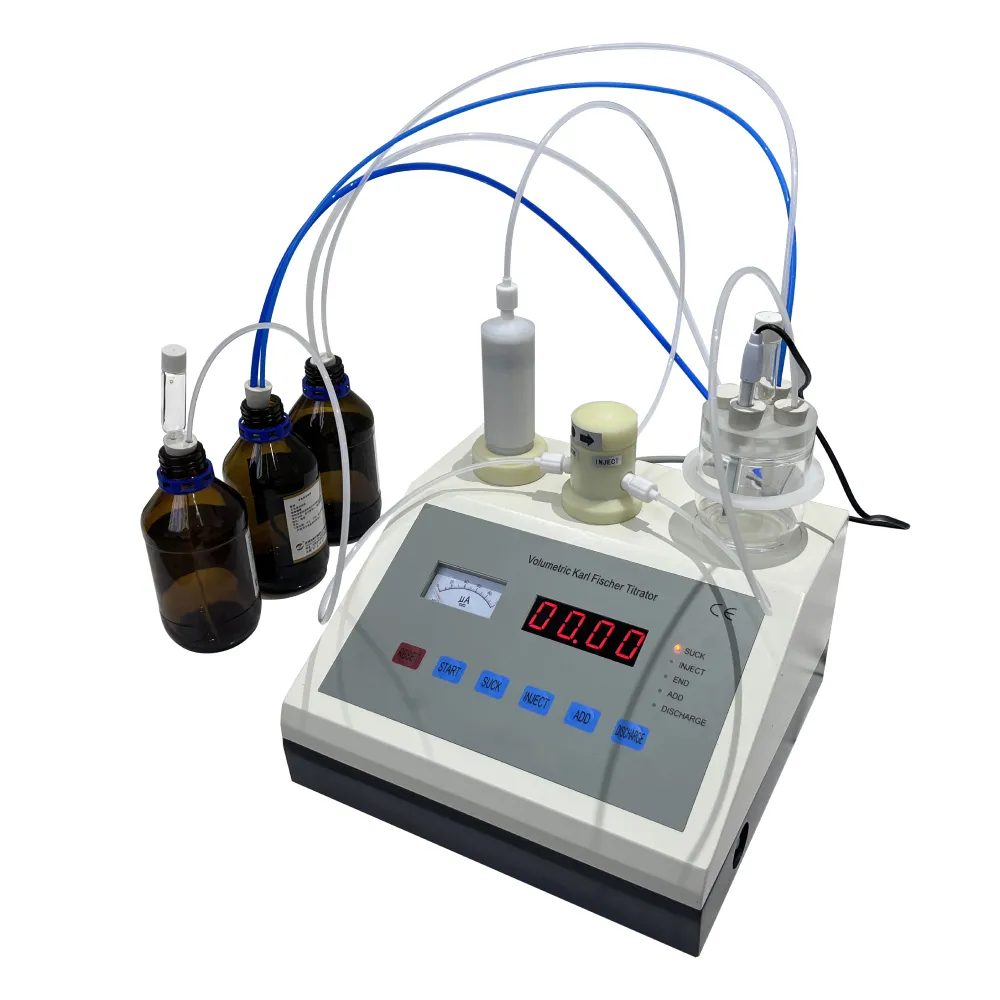 English
English


gas chromatography operation
Gas Chromatography Operation A Comprehensive Overview
Gas chromatography (GC) is a powerful analytical technique widely used for separating and analyzing compounds that can be vaporized without decomposition. It is particularly effective in the fields of chemistry, biochemistry, and environmental science, providing valuable data for researchers and industries alike.
Gas Chromatography Operation A Comprehensive Overview
Once the sample is injected, it travels through the chromatographic column, which is coated with a stationary phase designed to interact selectively with the different components of the sample. As the mobile phase (the carrier gas) moves through the column, compounds in the sample will interact differently with the stationary phase based on their chemical and physical properties, such as polarity and volatility. This differential interaction causes the components to separate as they move at different rates through the column.
gas chromatography operation

The length and temperature of the column significantly impact the separation process. Longer columns and higher temperatures generally enhance separation, but they may also require longer analysis times. Temperature programming, a technique where the temperature of the column is gradually increased during the separation process, is often employed to optimize results and achieve better resolution for more complex mixtures.
After passing through the column, the separated compounds reach the detector, which identifies and quantifies them. Common types of detectors used in gas chromatography include flame ionization detectors (FID), thermal conductivity detectors (TCD), and mass spectrometry (MS) detectors. The choice of detector will depend on the nature of the compounds being analyzed and the required sensitivity.
The output from the detector is a chromatogram, a graphical representation of the detector response versus time. Each peak in the chromatogram corresponds to a specific compound in the mixture, allowing analysts to determine the presence and concentration of each component. The area under each peak is proportional to the quantity of the substance.
In conclusion, gas chromatography is a versatile and valuable technique for chemical analysis. The method’s ability to provide precise separation and identification of compounds makes it an essential tool in various industries, including pharmaceuticals, environmental monitoring, and food safety. With advancements in technology, gas chromatography continues to evolve, offering increased sensitivity, speed, and efficiency for modern analytical challenges.
-
Differences between open cup flash point tester and closed cup flash point testerNewsOct.31,2024
-
The Reliable Load Tap ChangerNewsOct.23,2024
-
The Essential Guide to Hipot TestersNewsOct.23,2024
-
The Digital Insulation TesterNewsOct.23,2024
-
The Best Earth Loop Impedance Tester for SaleNewsOct.23,2024
-
Tan Delta Tester--The Essential Tool for Electrical Insulation TestingNewsOct.23,2024





